What Makes Data Centers Critical to Modern Life?
Discover how data centers are redefining the future: meeting the explosive growth of AI with cutting edge designs, clean energy innovation, and next-gen cooling that powers a smarter, greener world.
Every stream you watch, every app you open, and every AI-powered interaction depends on one invisible backbone: data centers. These digital factories power the world’s most demanding services, ensuring information is stored, delivered, and always available.
But as AI, cloud computing, and remote work accelerate, data centers face mounting pressure:
- Unprecedented power demand from GPUs and advanced hardware
- Rising construction and operating costs
- A global push for cleaner energy and sustainable operations
Meeting these challenges requires more than bigger buildings, it requires smarter design, efficient chips, and breakthrough cooling systems.
Expert Insights: Raul Martynek, CEO of DataBank
Few leaders know this industry better than Raul Martynek. With more than 30 years in internet infrastructure, he has guided telecom, fiber, and cloud companies through rapid transformation. Today, as CEO of DataBank, he oversees the largest geographic footprint of data centers in the U.S. — 65 facilities across 26 markets.
At DataBank, Raul is focused on:
- Scaling operations to meet AI-driven workloads
- Driving energy efficiency across high-density computing
- Partnering with utilities to deliver 100% renewable energy by 2030 (already at 65% today)
“Growth and sustainability must move together. At DataBank, our goal is 100% renewable energy by 2030 because AI’s future depends on it.” — Raul Martynek
Podcast Episode: Listen to the full conversation between FSX's Dr. Kevin Pang and Databank CEO, Raul Martynek:
Evolution of Data Centers: From Server Rooms to AI Hubs
Data centers have evolved from small server closets to vast, power-hungry facilities that run the backbone of the global economy.
AI workloads are reshaping capacity needs:
- A decade ago, deployments averaged 2 MW.
- Today, hyperscale projects often exceed 90 MW.
- Some campuses approach 120 MW.
- Industry conversations now include 1 GW “superclusters.”
At the same time, efficiency has improved: legacy facilities with a PUE of 2.0 are giving way to modern designs operating at 1.2–1.3.
Can the Grid Keep Up? Power Supply Challenges
For decades, U.S. electricity demand was flat thanks to efficiency gains. But AI, EV batteries, and manufacturing reshoring are driving new growth — 2–3% annually.
The challenge: new generation and transmission capacity takes 5–10 years to build, while demand is rising much faster. Without major investment, data centers and other industries could face supply bottlenecks.
How New Tech, Green Energy, and Cooling Shape Data Centers
AI hardware consumes 5–10x more power than CPUs, but innovation is underway:
- New chip architectures promise 5–10x better energy efficiency.
- Cleaner energy grids (Texas already generates ~45% from renewables + nuclear).
- Advanced cooling systems:
- Rear-door heat exchangers
- Direct-to-chip water cooling
These methods enable racks above 130 kW, though next-gen AI clusters may push beyond 900 kW per rack.
AI’s Disruptive Impact on Power Use
Traditional data centers draw steady, predictable loads. AI training clusters behave very differently:
- Sudden spikes and drops in demand
- Frequency fluctuations that stress the grid
- Increased risks of outages and equipment failure
Utilities in Texas and Virginia are studying these effects, while data center operators work closely with them on solutions. Purpose-built AI chips may reduce long-term strain, allowing racks to run efficiently at 20 kW even under heavy AI workloads.
Rising Costs of Building and Running Data Centers
Constructing a modern facility now costs $11M–$13M per MW, up from $8.5M just a few years ago. Key drivers include:
- Materials: steel prices affected by tariffs
- Labor: shortage of skilled electrical and mechanical workers
- Financing: higher interest rates raising capital costs
- Design: AI-ready density and redundancy adding complexity
Reliability remains non-negotiable. Diesel generators dominate for multi-day outages, while batteries are valuable for short-duration balancing.
Outlook: Scaling Sustainably
The future of data centers rests on three pillars:
- Efficiency — better chips, cooling, and system design
- Clean Energy — partnerships with utilities, renewables, and next-gen nuclear
- Resilience — infrastructure that operates 24/7, even under grid stress
Data centers are no longer just warehouses of servers. They are becoming AI-era utilities, blending technology, energy, and infrastructure to power the next wave of global growth.
FAQs
What are edge data centers? Answer: Smaller facilities placed near users to reduce latency by processing data at the source.
How do data centers defend against cyberattacks? Answer: Through layered security: firewalls, encryption, 24/7 monitoring, and access controls.
Can data centers operate on 100% renewable energy year-round? Answer: Yes, but operators need long-term power contracts and resilient backup systems.
Why do data centers need advanced cooling? Answer: AI servers generate extreme heat; stable cooling ensures uptime and equipment life.
How do operators manage electronic waste? Answer: Through strict recycling, certified data erasure, and compliance with disposal regulations.
%20(1)%20(1).png?width=544&height=70&name=futurescalex-logo-full-colour-rgb-827px@72ppi%20(3)%20(1)%20(1).png)

